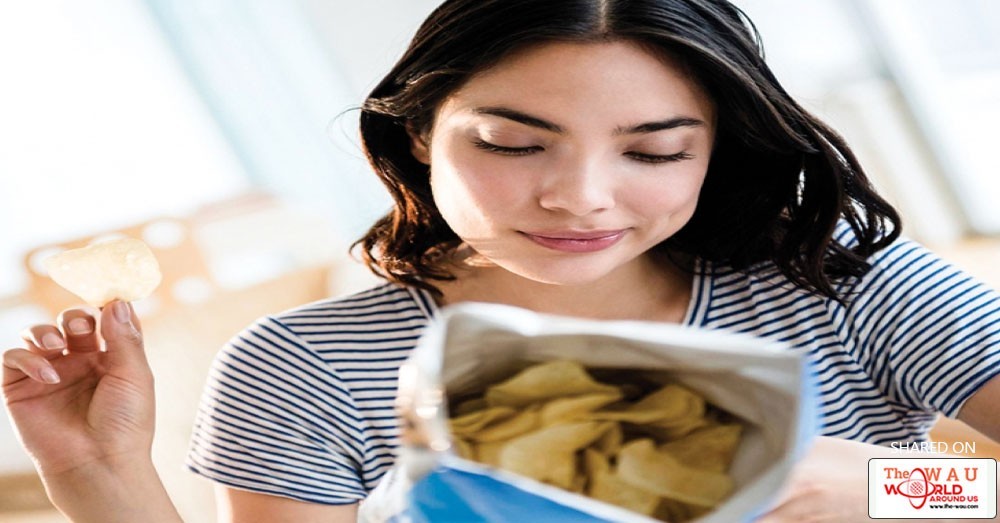A typical soup and sandwich lunch can seem like a healthy meal. However, the bread, cold cuts, and soup can be packed with something that can have a negative impact on your overall wellness: Salt.
Even meals that seem healthy, like a turkey sandwich with a side of cottage cheese, can have high levels of salt. It may not even taste salty, says John Meigs, Jr., MD, president of the American Academy of Family Physicians. Meigs says one of the biggest mistakes people make is to assume if they aren't adding salt with a salt shaker, their sodium levels are under control.
According to the Centres for Disease Control and Prevention (CDC) in the UD, the top 10 foods that contribute to a significant amount of the salt Americans consume are:
1. Breads and rolls
2. Cold cuts and cured meat (e.g., deli or packaged turkey)
3. Pizza
4. Fresh and processed poultry
5. Soups
6. Sandwiches such as cheeseburgers
7. Cheese
8. Pasta dishes (not including macaroni and cheese)
9. Meat-mixed dishes such as meatloaf and tomato sauce
10. Snacks such as chips, pretzels and popcorn
Some salt is necessary for the body to function properly, but too much can contribute to high blood pressure, heart disease and stroke. The CDC says most people should limit total salt intake to 2,300 milligrams a day or less. There are 2,300 milligrams of sodium — the chemical name for salt — in a single teaspoon of table salt, Meigs notes. “It’s a real challenge to reduce salt intake, even for people who are highly motivated to do so.” Meigs offers some easy strategies to lower hidden salt intake and take control of your nutrition:
Know your numbers
Talk with a doctor about your blood pressure, cholesterol levels, family health history, and ways to prevent health problems before they start.
Read nutrition labels
It takes mere seconds to read nutrition labels to see which items are high in sodium. Sometimes this information is even printed on the front of the package. Keep in mind, different brands of the same foods often contain varying levels of salt. For example, a slice of white bread can range anywhere from 80 to 230 milligrams of salt. Salt levels in a can of chicken noodle soup can range from 100 to 900 milligrams per serving.
Be a smart diner
Dining out can still be a healthy treat with a little proactive effort. If nutrition information isn't included on the menu, do some homework in advance by visiting the restaurant’s website.
Opt for whole foods
Whether eating out or dining in, filling your plate with whole foods - items in their natural state or close to it — will help you lower your sodium levels. Non-processed fresh foods that are high in fibre are ideal, for example, fresh fruits, vegetables, lean meat, and whole grains.
Prepare food at home
It’s easier to regulate salt consumption by preparing meals at home. Not only can you select healthy ingredients and pack your plate with whole foods, you can control the salt by manipulating recipes and including flavour-enhancing alternatives.
Share This Post














